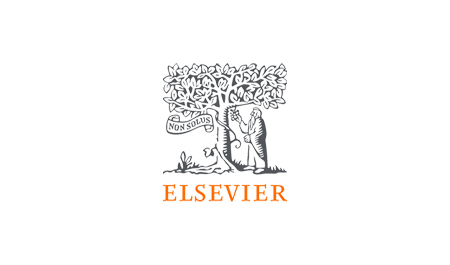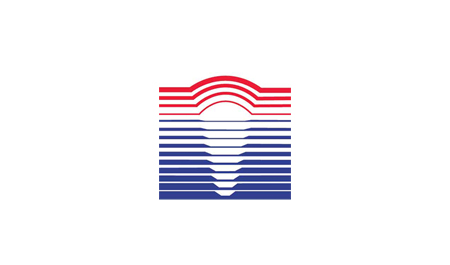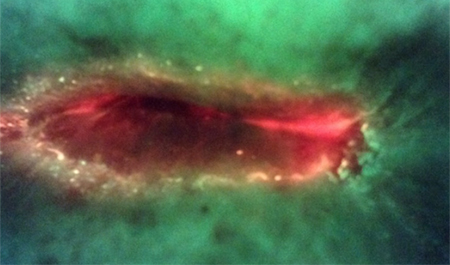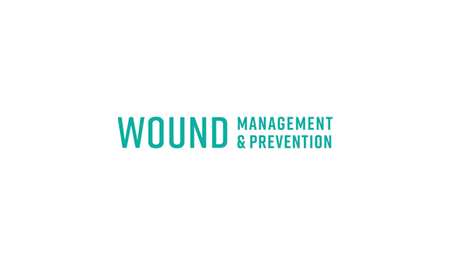ABSTRACT
Introduction. Wounds are increasing in number and complexity within the hospital inpatient system, and coordinated and dedicated wound care along with the use of emerging technologies can result in improved patient outcomes. Objective. This prospective implementation study at 2 hospital inpatient sites examines the effect of bedside fluorescence imaging of wounds in the detection of elevated bacterial loads and its location in/around the wound on the inpatient wound population. Materials and Methods. Clinical assessment and fluorescence imaging assessments (MolecuLight i:X) were performed on 26 wounds in 21 patients. Treatment plans were recorded after the clinical assessment and again after fluorescence imaging, and any alterations made to the treatment plans after imaging were noted. Results. Prior to fluorescence imaging, antimicrobial use in this patient population was common. An antimicrobial dressing, a topical antibiotic, or an oral antibiotic was prescribed in 23 wounds (88% of assessments), with antimicrobial dressings prescribed 73% of the time. Based on clinical assessment, more than half of the treated wounds were deemed negative for suspected infection. In 12 of 26 wounds, the fluorescence imaging information on bacterial presence had the potential to prompt a change in whether an antimicrobial dressing was prescribed. Five of these 12 wounds were fluorescence imaging-positive and an antimicrobial drug was not prescribed, whereas 7 of the 12 wounds were negative upon fluorescence imaging and clinical assessment but antimicrobial dressing was prescribed. Overall, fluorescence imaging detected 70% more wounds, with bacterial fluorescence indicating elevated bacterial loads, compared with clinical assessment alone, and use of imaging resulted in altered treatment plans in 35% of cases. Conclusions. Fluorescence imaging can aid in antimicrobial stewardship goals by supporting evidence-based decision-making at the point of care. In addition, use of such imaging resulted in increased communication, enhanced efficiency, and improved continuity of care between wound care providers and hospital sites.















